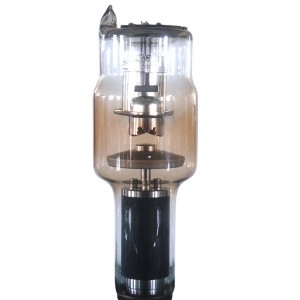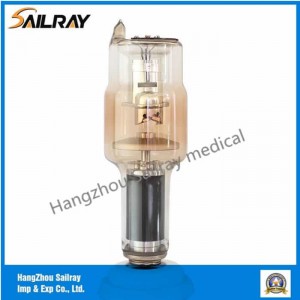Rotating anode X-ray tubes are an important part of the field of CT imaging. Short for computed tomography, a CT scan is a common medical procedure that provides detailed images of structures inside the body. These scans require a rotating anode X-ray tube to meet specific requirements for successful imaging. In this article, we will explore the key requirements for rotating anode X-ray tubes used in CT scanning.
One of the main requirements for rotating anode X-ray tubes is efficiency. CT scans require fast imaging to minimize patient discomfort and enable efficient diagnosis. Rotating anode X-ray tubes are designed to run at higher speeds, allowing for efficient image acquisition. These tubes can be spun rapidly to capture images from different angles in a short amount of time. This speed allows radiologists to efficiently generate 3D images that aid in accurate diagnosis and treatment planning.
Another requirement for rotating anode X-ray tubes is enhanced image resolution. CT scans are designed to detect tiny abnormalities in the body. To achieve this goal, a rotating anode X-ray tube must produce a high-intensity X-ray beam with a small focal spot size. The size of the focal point directly affects the resolution of the image. Smaller focal spot sizes result in higher image resolution, enabling radiologists to identify fine details and diagnose conditions more accurately.
Durability is another key requirement for rotating anode X-ray tubes used in CT. CT scanners are used continuously, scanning throughout the day.Therefore, X-ray tubes must be durable enough to withstand prolonged use without compromising performance. The materials of construction of the rotating anode X-ray tubes are carefully selected to ensure their longevity and resistance to wear. Durable X-ray tubes help CT scanners run smoothly and without interruption, reducing downtime and increasing the overall efficiency of medical facilities.
Efficient heat dissipation is also an important requirement for rotating anode X-ray tubes. The rapid rotation and intense X-ray generation generate a lot of heat. If not managed properly, this heat can damage the X-ray tube and degrade image quality. Therefore, the rotating anode X-ray tube is designed with an efficient heat dissipation system. These systems effectively reduce heat buildup, keeping the X-ray tube at a safe operating temperature. Efficient heat dissipation ensures the stability and reliability of the X-ray tube during long-time scanning.
In summary, rotating anode X-ray tubes used in CT scanning must meet several requirements in order to provide accurate and efficient imaging. These demands include high-speed imaging, enhanced image resolution, durability and efficient cooling. By meeting these needs, rotating anode X-ray tubes help to increase the effectiveness of CT scans, contributing to better diagnosis and patient care.
Post time: Jul-07-2023



